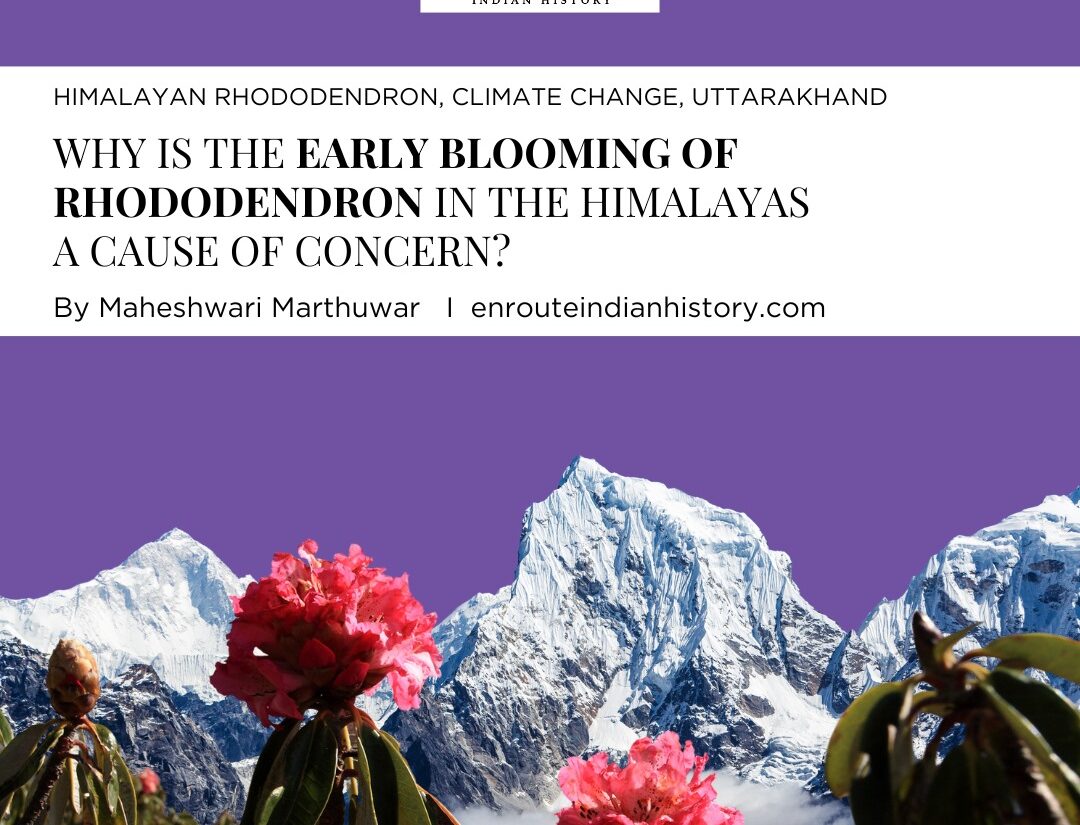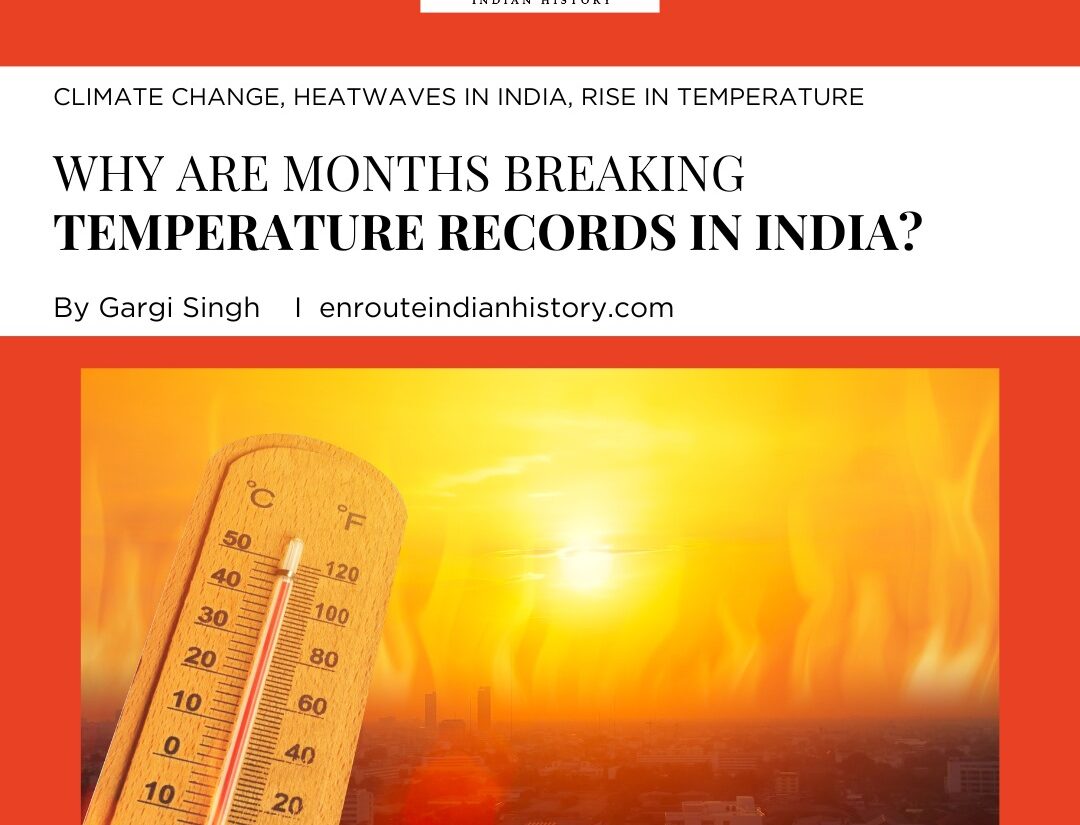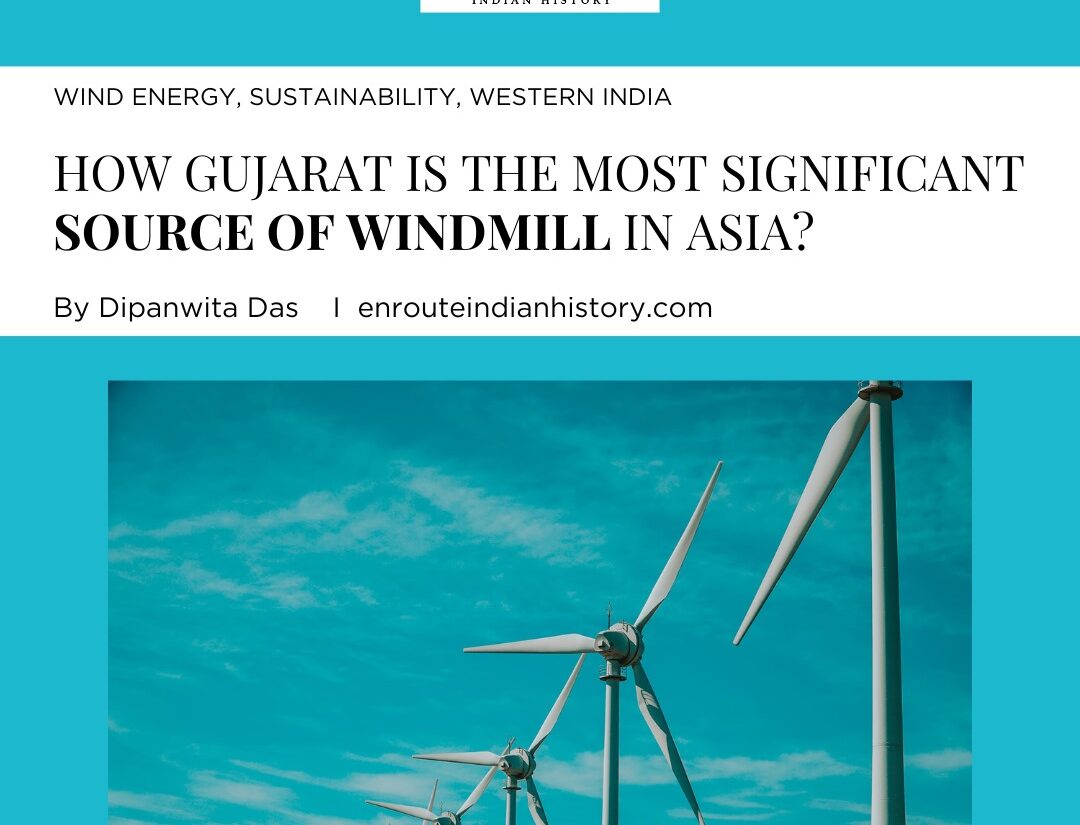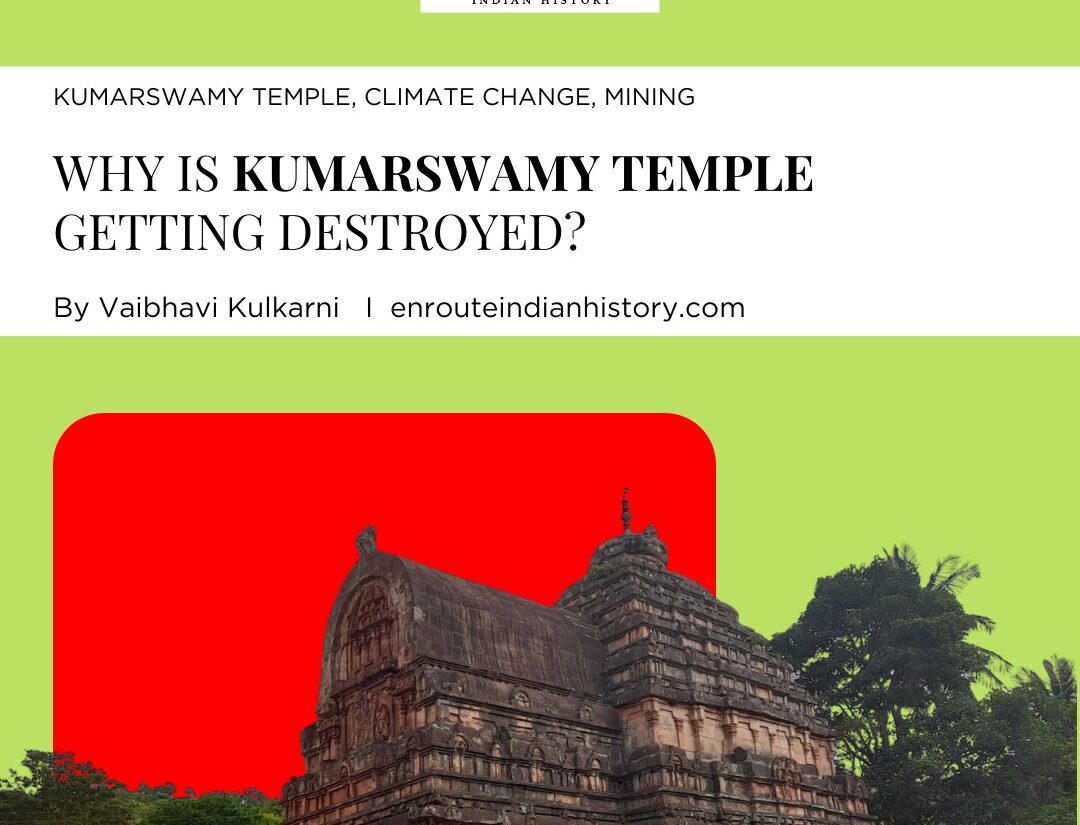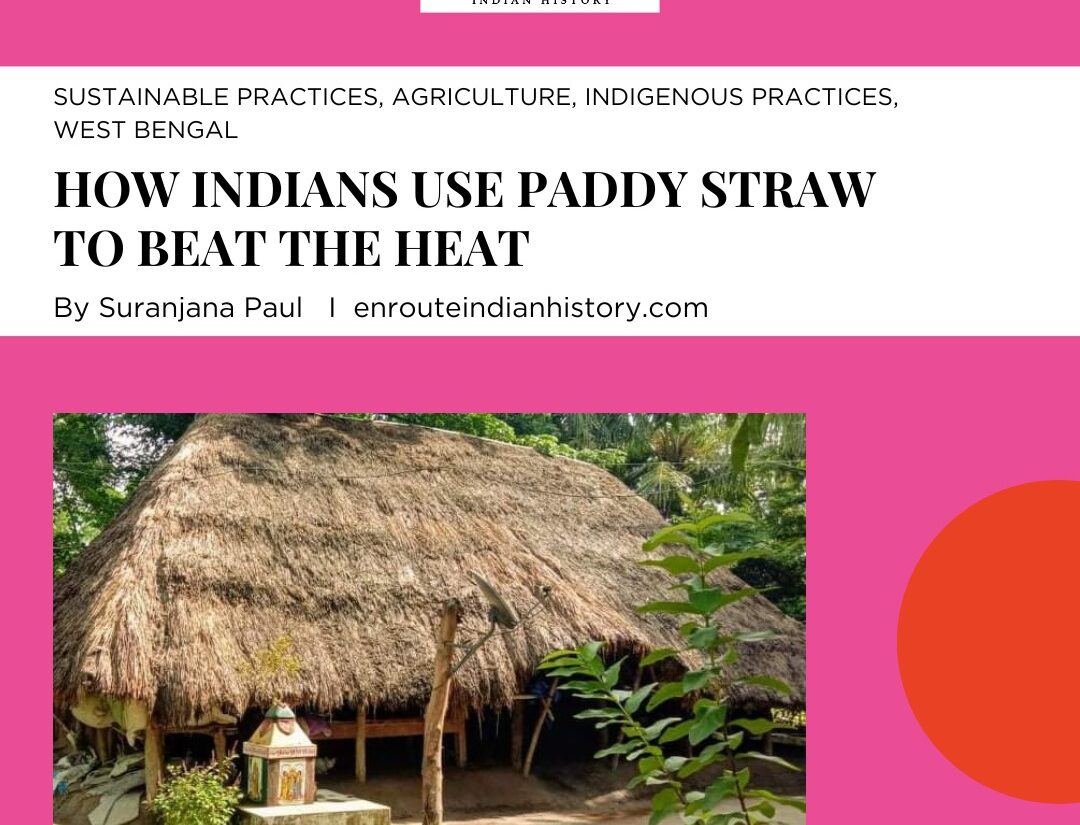
The area where the Hindu Kush Himalayan mountains are located is delicate due to its young and growing mountains that are vulnerable to landslides and erosion, even without human interference. This region is rapidly changing because of forces like climate change, natural disasters, economic growth, global connections, building projects, changes in how land is used, people moving from place to place, and cities growing. It is imperative for countries and communities to work together urgently, both locally and globally, to protect these mountains and the people who depend on them. This means investing more and working together better to take care of the environment and the lives of those in the Hindu Kush Himalayan area. It also means taking serious steps to limit global warming so that temperatures don’t rise more than 1.5 degrees Celsius by the year 2100.
Over the past half-century, the rate of warming in the Hindu Kush Himalayan (HKH) region has been 0.2 degrees Celsius per decade. During this time, there has been a noticeable shift in extreme weather patterns: there are fewer extremely cold days and nights but more instances of extremely warm days and nights. Glaciers throughout the Hindu Kush Himalayan mountains are melting faster than ever before. If we don’t significantly decrease greenhouse gas emissions, a report from the International Centre for Integrated Mountain Development in Kathmandu warns that these glaciers could lose up to 80% of their volume by the end of this century.
The ice and snow found in the Hindu Kush Himalayan ranges serve as a vital water source for rivers that traverse 16 Asian countries, supplying fresh water to 240 million people living in the mountains and an additional 1.65 billion people downstream. According to the report, the risk of flash floods and avalanches is expected to increase in the future. Additionally, the availability of fresh water could be restricted for nearly 2 billion individuals residing downstream along the paths of 12 rivers originating from these mountains.
In recent times, the delayed melting of glaciers caused by an elevated climatic snow line has led to a scarcity of seasonal water in the trans-Himalayan region of Ladakh, India. In reaction to this challenge, local communities have united to construct artificial glaciers on the southern slopes. This initiative serves as both a short-term solution to address seasonal water shortages and a long-term adaptation strategy to cope with the impacts of climate change.

(Source: https://www.globalvillagespace.com/wp-content/uploads/2019/06/Himalayan-glaciers-melting-at-alarming-rate.png)
With the increased number and size of glacier lakes, the risk of glacial lake outburst floods (GLOFs) rises, impacting agricultural practices in the high Himalayan region. The unpredictable nature and severity of these floods mean that consistent crop yields are not guaranteed each year, prompting a cyclical pattern of labour migration.
The interconnectedness of hazard events, both upstream and downstream, can expose areas far beyond the initial event site to risks, often crossing international boundaries, albeit with a time delay. For instance, the bursting of a landslide-damaged lake in China’s Tibetan Autonomous Region could significantly impact a hydropower facility in Nepal. Likewise, incidents in Nepal could pose threats to the densely populated northern states of India. Unfortunately, communication channels among local authorities in upstream and downstream nations are frequently underdeveloped. Efforts by central governments to establish communication may come too late to prevent loss of life or damage to infrastructure.
The research discovered that mountain communities are experiencing the impacts of climate change to a greater extent compared to many other regions globally. It highlights that alterations to the glaciers, snow, and permafrost in the Hindu Kush Himalayan area, propelled by global warming, are both unprecedented and largely irreversible. These effects of climate change are already being keenly felt by communities in the Himalayas. For instance, earlier this year, the town of Joshimath in India’s mountainous region began to sink, necessitating the urgent relocation of residents within a matter of days.
The melting of glaciers is causing instability in the terrain, while developmental activities are adding to the degradation of ecosystems. Both global and regional factors leading to the loss of biodiversity, such as changes in land use, habitat destruction, pollution, climate change, and the introduction of invasive species, are widespread and on the rise in the Hindu Kush Himalayan (HKH) region. Despite over 39% of the HKH’s land being within protected areas, ecosystems are facing strain and are vulnerable to multiple sources of change, including climate change, across all levels.

(Source: https://e360.yale.edu/assets/site/_1500x1500_fit_center-center_80/Sabai_Alamy-Small.jpg)
Permafrost underlies extensive areas of the extended Hindu Kush Himalayan (HKH) region, and its dynamics play a significant role in shaping various climate impacts in cold regions. Current monitoring stations indicate a warming trend in permafrost, accompanied by an expansion of the active layer depth. Thawing permafrost poses numerous challenges, including reduced ground stability, which can undermine engineered structures, increase the frequency of rockfalls, and elevate the risk of glacier lake outbursts. Furthermore, the thawing of permafrost alters the hydrological cycle: stored water in ground ice may be released, while the availability of near-surface soil water may decline due to thickening of the active layer.
The swift transformations occurring are forcing many of the region’s distinctive wildlife species into shrinking and increasingly vulnerable habitats. Similarly, the ecosystems in the Hindu Kush Himalaya are ill-equipped to cope with the ongoing changes. Several scientific studies highlight the extinction of some of the area’s unique species, particularly butterflies, while frogs and other amphibians face significant risks as well.
The difficulties encountered by mountain communities are frequently underestimated, and the viewpoints of these communities are not fully acknowledged in the national policies of countries within the Hindu Kush Himalayan (HKH) region. As the 21st-century generation embraces modernization and technology, traditional disaster management practices are fading away. Hence, it is crucial to document and share traditional best practices from mountain regions of India through community involvement in training initiatives. Traditional art forms serve as vital means for raising awareness. Combining traditional knowledge with modern technologies is also valuable in developing early warning systems (EWS).
The Himalayan area is undergoing significant transformations caused by glacier melt, largely influenced by global warming. This not only disrupts the fragile mountain environment but also jeopardises the water supply for millions of people dependent on the region’s resources. The consequences of glacier melt extend beyond environmental worries, affecting water access, infrastructure stability, and even cultural traditions. It’s essential to merge traditional wisdom with modern advancements to devise effective measures for handling the risks linked to glacier melt in the Himalayas.
References
Ap. (2023, June 22). Himalayan glaciers could lose 80% of their volume if global warming isn’t controlled, study finds. The Hindu. https://www.thehindu.com/sci-tech/energy-and-environment/himalayan-glaciers-could-lose-80-of-their-volume-if-global-warming-isnt-controlled/article66996679.ece
Erdenesanaa, D. (2023, June 19). Himalayan glacier loss speeding up, new report finds. nytimes.com. https://www.nytimes.com/2023/06/19/climate/himalayas-melting-water-source.html
Melting of Himalayan glaciers. (n.d.). https://pib.gov.in/PressReleasePage.aspx?PRID=1813988
The Hindu Kush Himalaya assessment. (2019). In Springer eBooks. https://doi.org/10.1007/978-3-319-92288-1
- May 15, 2024
- 6 Min Read

